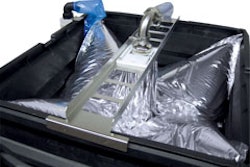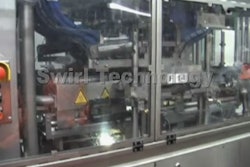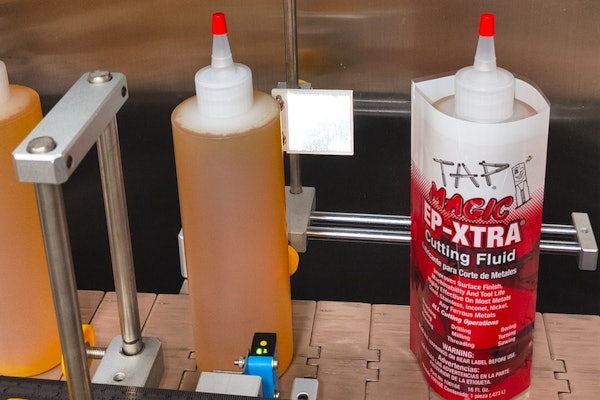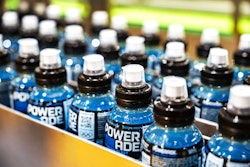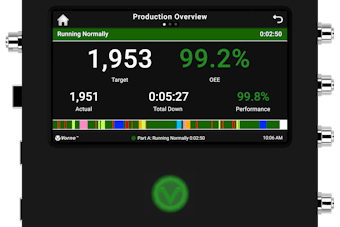Your July 2 column broached an issue that we encounter frequently. We are a full-service design/build/integrate supplier of special automation equipment, not only packaging machinery.
Our smallest customers, who are typically packaged goods companies, and those still at the entry level in the world of automation, usually agree to whatever controls platform we prefer to use for their application. Our defacto standard is controls technology from Supplier A, so that is what they get—as long as the controls components support the process complexity and the memory requirements. Our larger customers, and those who have established their own internal standards, want what they want when it comes to controls components, and that usually means what has been used in their plants for a long time, whether it still makes sense or not. Their standard may well be controls components that have been surpassed as a result of developments by other controls components suppliers. But standards can be slow to change in a long-established company.




